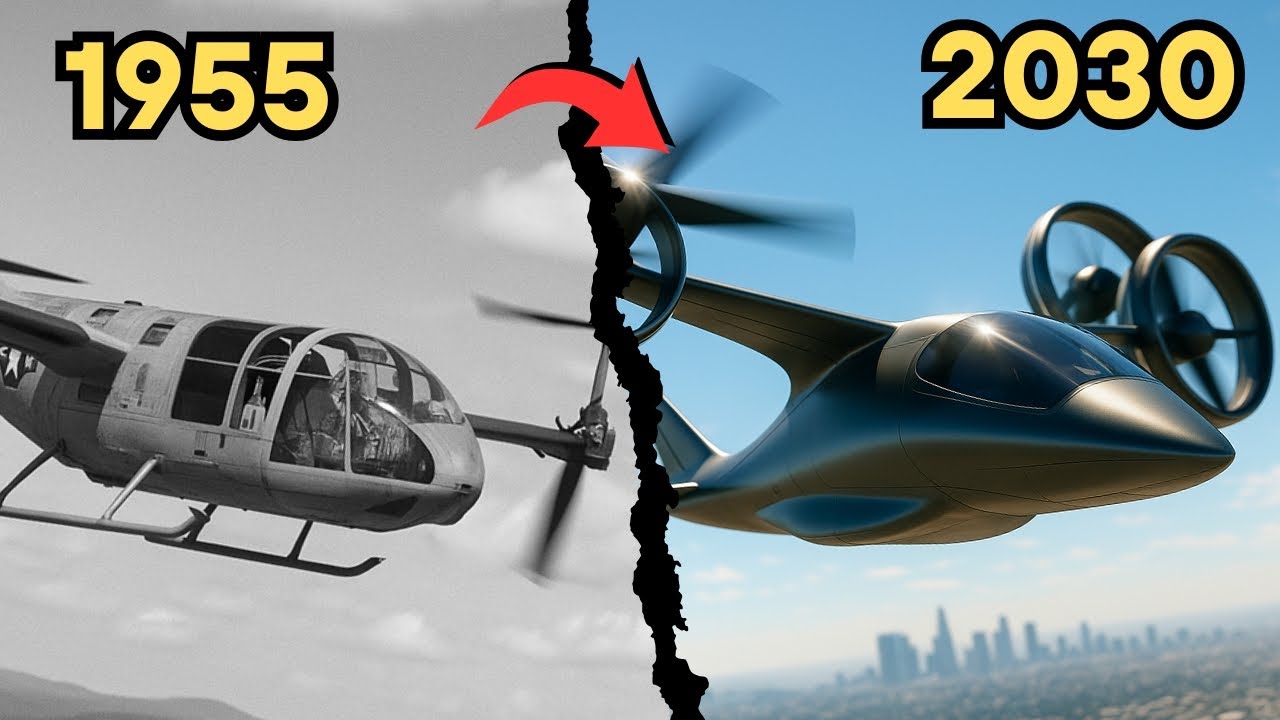
Tiltrotor aircraft represent one of the most revolutionary advancements in aviation, combining the vertical takeoff and landing capabilities of helicopters with the speed and range of fixed-wing airplanes. The United States has been at the forefront of this technological evolution, starting as early as 1955 with the experimental Bell XV-3—a prototype that first proved the tiltrotor concept could be feasible in flight.
The XV-3 laid the groundwork despite facing significant aerodynamic and stability challenges. It featured tilting rotors at the wingtips that could transition from vertical to horizontal flight. Although it was never intended for operational use, the XV-3 gave engineers valuable data and confidence to proceed with more advanced designs, including the ambitious Bell XV-15, which flew in the 1970s and became a direct predecessor to the world’s first operational tiltrotor: the Bell Boeing V-22 Osprey.
The V-22 Osprey, introduced in the late 1980s and officially deployed in the early 2000s, marked a game-changing moment in military aviation. Used by both the U.S. Marine Corps and Air Force, the Osprey proved the tiltrotor’s battlefield value—offering high-speed transport, long-range capability, and flexibility unmatched by traditional helicopters. However, its development was far from smooth, plagued by cost overruns and technical hurdles over several decades.
As technology advanced, a new generation of tiltrotors emerged, culminating in the V-280 Valor. Developed by Bell as part of the U.S. Army’s Future Vertical Lift (FVL) program, the V-280 builds on the lessons of the Osprey with sleeker design, better agility, increased speed, and reduced complexity. It boasts a top speed of over 300 knots and has demonstrated impressive operational performance during testing, making it a top contender for replacing the aging Black Hawk fleet by 2030.
From the experimental stages of the 1950s to the cutting-edge platforms of today, the evolution of American tiltrotors reflects a continuous push for innovation in vertical flight. The journey from the XV-3 to the V-280 Valor encapsulates seventy years of trial, error, and triumph—ultimately reshaping how the U.S. military moves, fights, and adapts in an ever-changing battlefield.


